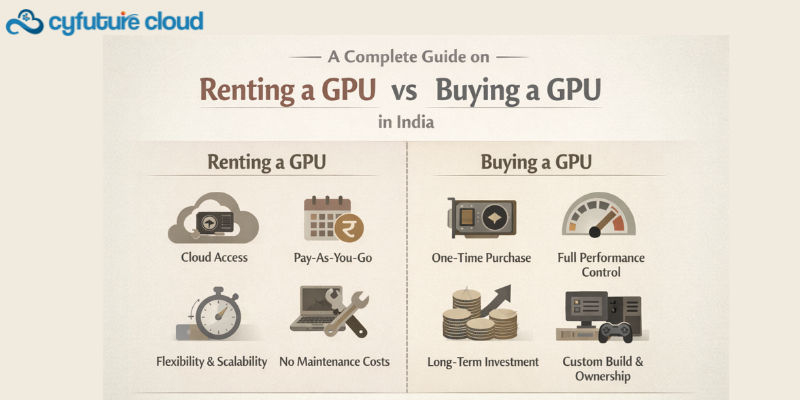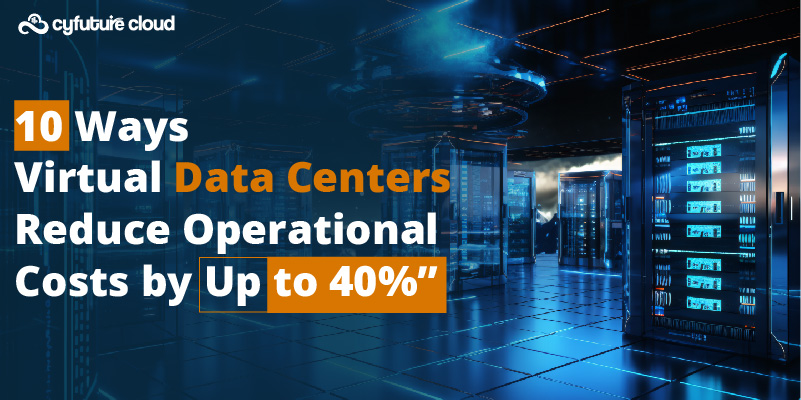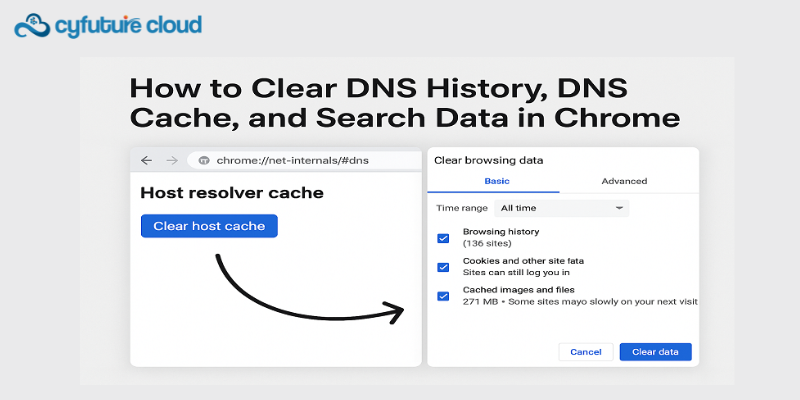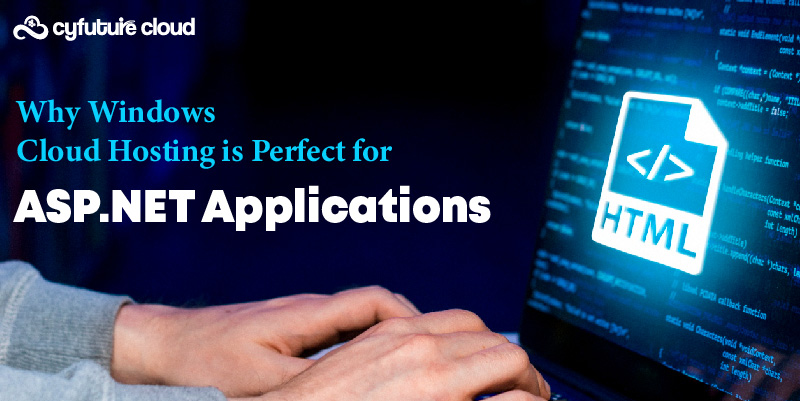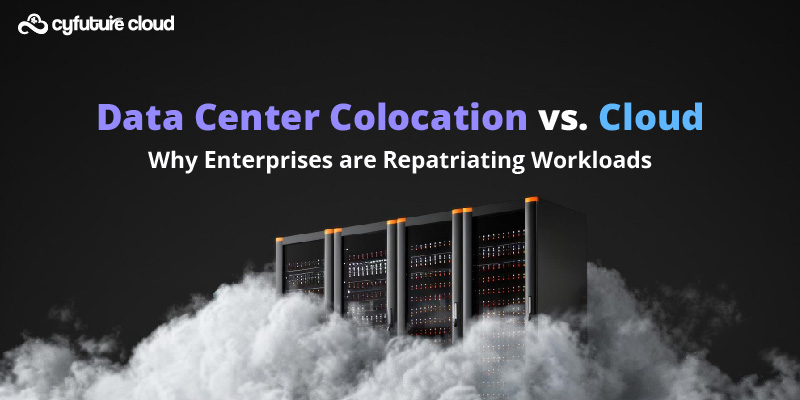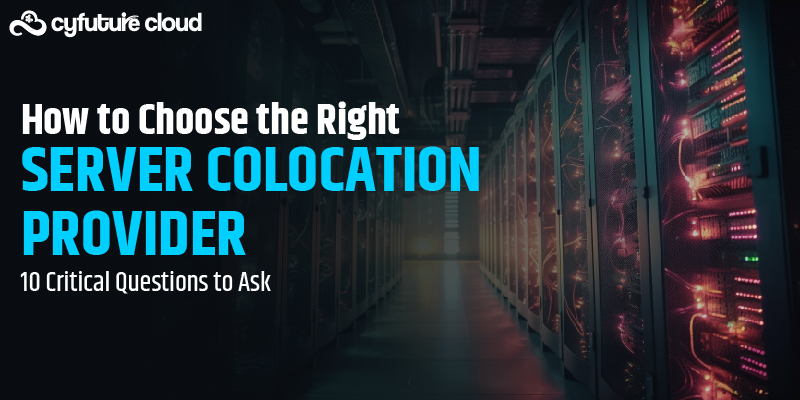Table of Contents
- Are You Struggling to Find the Perfect Server Colocation Partner?
- What is Server Colocation?
- Why Server Colocation Selection Matters More Than Ever
- The 10 Critical Questions to Ask Your Server Colocation Provider
- 1. What is Your Tier Certification and Actual Uptime Track Record?
- 2. What Redundancy Levels Do You Maintain for Power and Cooling?
- 3. How Many Network Carriers and Internet Exchanges Can You Connect To?
- 4. What Physical Security Measures Are Implemented?
- 5. What Compliance Certifications Do You Hold?
- 6. What Are Your Remote Hands Support Capabilities and Response Times?
- 7. What is Your Disaster Recovery and Business Continuity Plan?
- 8. What are Your Power Usage Effectiveness (PUE) Ratings?
- 9. What Scalability Options and Growth Path Do You Offer?
- 10. What is Your Contract Structure and Exit Strategy?
- The Hidden Costs of Server Colocation: Beyond the Monthly Fees
- Frequently Asked Questions (FAQs)
Are You Struggling to Find the Perfect Server Colocation Partner?
Server colocation represents a strategic infrastructure decision where businesses house their physical servers and computing hardware in a third-party data center facility, gaining access to enterprise-grade power, cooling, security, and connectivity infrastructure without the capital expense of building and maintaining their own data center. This model has become increasingly critical as organizations seek to balance control over their hardware with the operational benefits of professional data center environments, particularly as the global colocation market reached $62.3 billion in 2023 and is projected to grow at a CAGR of 12.4% through 2030.
Choosing the wrong colocation provider can cost you more than money—it can jeopardize your uptime, compromise security, and derail your growth plans.
Here’s the reality:
According to the Uptime Institute’s 2023 Annual Outage Analysis, 60% of IT service failures still result in at least $100,000 in total losses, with 15% exceeding $1 million. The stakes have never been higher.
This guide cuts through the marketing noise and gives you the exact questions that separate world-class server colocation providers from mediocre ones.
What is Server Colocation?
Server colocation (often abbreviated as “colo”) is an arrangement where businesses rent space for their servers and cloud computing equipment within a third-party data center facility. Unlike cloud hosting where you rent virtual resources, colocation means you own the physical hardware but leverage the provider’s infrastructure—including power systems, cooling mechanisms, physical security, and network connectivity.
The typical colocation setup includes:
- Rack Space: Measured in rack units (U), quarter racks, half racks, or full racks
- Power Allocation: Dedicated power circuits with specified amperage
- Network Connectivity: Cross-connects to multiple carriers and internet exchanges
- Environmental Controls: Precision cooling and humidity management
- Physical Security: Biometric access, surveillance, and 24/7 monitoring
According to Gartner’s 2024 Infrastructure Report, 34% of enterprises now use colocation as part of their hybrid infrastructure strategy, up from 27% in 2021.

Why Server Colocation Selection Matters More Than Ever
Before we dive into the questions:
The landscape has shifted dramatically.
Data center outages cost businesses an average of $9,000 per minute according to a 2024 Ponemon Institute study. That’s $540,000 per hour of downtime. When you’re evaluating server colocation providers, you’re essentially choosing your cloud infrastructure insurance policy.
“The cost of downtime isn’t just measured in lost revenue—it’s measured in customer trust, brand reputation, and competitive advantage. Your colocation provider is a critical business partner, not just a vendor.” — Sarah Chen, Infrastructure Architect, speaking on the Data Center Dynamics podcast, March 2024
As one Reddit user in r/sysadmin eloquently put it: “We switched colo providers to save $200/month. Three months later, we had 18 hours of downtime during a power issue. That decision cost us approximately $340,000. Do the math before you cheap out.”
The 10 Critical Questions to Ask Your Server Colocation Provider

1. What is Your Tier Certification and Actual Uptime Track Record?
This is where the rubber meets the road.
The Uptime Institute defines four tier levels (I through IV), but here’s what matters: certification versus actual performance. A Tier III facility promises 99.982% uptime (1.6 hours of downtime annually), while Tier IV guarantees 99.995% (26.3 minutes annually).
What to ask specifically:
- Can you provide documentation of your tier certification?
- What was your actual uptime percentage for the last 24 months?
- How many unplanned outages have you experienced in the past three years?
- What was the average duration of those outages?
According to the Uptime Institute’s 2024 Data Center Survey, only 23% of facilities that claim Tier III capabilities have actually been certified. Don’t take marketing claims at face value.
Cyfuture Cloud’s Advantage: Cyfuture Cloud operates Tier III certified data centers with a documented 99.995% uptime track record over the past 36 months, backed by comprehensive SLA guarantees and transparent incident reporting.
2. What Redundancy Levels Do You Maintain for Power and Cooling?
Here’s the deal:
Redundancy isn’t optional—it’s essential. But redundancy configurations vary wildly between providers.
Key specifications to verify:
- N+1, N+2, or 2N redundancy for UPS systems
- Generator fuel capacity and runtime (48 hours minimum recommended)
- Automatic transfer switch (ATS) testing frequency
- Cooling system redundancy (CRAC/CRAH units)
- Maintenance bypass capabilities
A 2023 study by Data Center Frontier found that facilities with 2N power redundancy experienced 87% fewer power-related outages than those with N+1 configurations. The infrastructure investment translates directly to reliability.
3. How Many Network Carriers and Internet Exchanges Can You Connect To?
Network diversity equals resilience.
The best server colocation facilities function as carrier hotels—neutral meet points where multiple telecommunications providers converge. This gives you:
- Protection against single carrier failures
- Negotiating leverage for bandwidth pricing
- Reduced latency through direct peering
- Flexibility to switch providers without physical relocation
Questions to ask:
- How many Tier 1 network carriers are available on-site?
- Do you offer direct connections to internet exchanges?
- What are the cross-connect fees?
- Can I implement diverse network paths for redundancy?
According to Cloudscene’s 2024 Interconnection Report, facilities with 10+ carrier options see 43% lower average connectivity costs compared to those with fewer than 5 carriers.
4. What Physical Security Measures Are Implemented?
Your servers contain your business’s crown jewels.
The right server colocation provider treats physical security as seriously as a bank vault. According to the Cyber security & Infrastructure Security Agency (CISA), physical breaches accounted for 12% of major data incidents in 2023.
Essential security features:
- Biometric access control (fingerprint, palm vein, or iris scanning)
- Mantrap entry systems
- 24/7/365 on-site security personnel
- Comprehensive CCTV cloud coverage with recording retention
- Visitor escort policies
- Individual cabinet locks
- Security audit trail logging
“I visited a colo facility where they waved me through with just a driver’s license and a smile. I walked out and never came back. If they’re lax about who gets in, they’ll be lax about everything else.” — Infrastructure discussion on Quora, January 2024
5. What Compliance Certifications Do You Hold?
Compliance isn’t just checkboxes—it’s risk management.
Depending on your industry, you may need specific certifications. The wrong choice could put you in regulatory jeopardy.
Common critical certifications:
- SOC 2 Type II (trust services principles)
- ISO 27001 (information security management)
- PCI DSS (payment card industry)
- HIPAA compliance (healthcare data)
- GDPR readiness (EU data protection)
- SSAE 18 audits
A 2024 Compliance Week survey found that 68% of enterprises require their colocation providers to maintain at least three major compliance certifications. Non-compliance penalties have increased 340% since 2020, with average fines exceeding $4.3 million.
6. What Are Your Remote Hands Support Capabilities and Response Times?
Because you can’t always be there in person.
Remote hands services—where the provider’s technicians perform physical tasks on your behalf—can be the difference between a 10-minute fix and a cross-country flight.
Critical considerations:
- Response time SLAs (15 minutes? 1 hour? 4 hours?)
- Skill level of remote hands technicians
- Pricing structure (per incident, hourly, or included?)
- Available support hours
- Hardware replacement capabilities
The Data Center Knowledge 2024 Operations Survey revealed that facilities offering 24/7 remote hands with 30-minute response SLAs reduced average resolution times by 78% compared to standard support models.
7. What is Your Disaster Recovery and Business Continuity Plan?
Hope for the best, plan for the worst.
Your server colocation provider should have comprehensive documentation addressing natural disasters, cyber incidents, extended power outages, and catastrophic failures.
Must-have documentation:
- Documented business continuity procedures
- Disaster recovery runbooks
- Insurance coverage details
- Geographic risk assessments (flood zones, seismic activity)
- Fire suppression systems (FM-200, Inergen, or equivalent)
- Regular DR testing schedules and results
According to FEMA’s 2023 Disaster Impact Report, businesses located in facilities with tested disaster recovery plans were 2.3 times more likely to maintain operations during regional emergencies.
8. What are Your Power Usage Effectiveness (PUE) Ratings?
Efficiency impacts your bottom line and the planet.
Power Usage Effectiveness (PUE) measures data center energy efficiency—the ratio of total facility energy to IT equipment energy. Lower is better.
Industry benchmarks:
- World average PUE: 1.58 (2024 Uptime Institute Global Survey)
- Best-in-class: 1.10 to 1.20
- Legacy facilities: 2.0 or higher
A facility with a PUE of 2.0 means you’re paying for twice as much power as your equipment actually uses. At $0.12 per kWh, the difference between PUE 2.0 and 1.2 on a 10kW deployment costs approximately $8,400 annually.
Ask for:
- Current PUE ratings with independent verification
- Historical PUE trends
- Energy efficiency initiatives
- Renewable energy options
9. What Scalability Options and Growth Path Do You Offer?
Your business won’t stay static.
The server colocation provider you choose today needs to accommodate tomorrow’s growth without requiring a painful migration.
Scalability factors:
- Available power capacity per cabinet (3kW? 5kW? 10kW+?)
- Ease of adding additional rack space
- Cross-connect scalability
- Campus expansion capabilities
- Power density increases without relocation
The 451 Research 2024 Colocation Report found that 41% of businesses outgrow their initial colocation deployment within 18 months. Planning for 3-5x growth from day one prevents costly migrations.
Cyfuture Cloud’s Approach: With strategically located facilities and flexible power density options up to 15kW per rack, Cyfuture Cloud enables seamless scaling from quarter racks to multi-cabinet deployments without service interruption.
10. What is Your Contract Structure and Exit Strategy?
Read the fine print before you’re locked in.
Server colocation contracts typically span 1-3 years, but the details matter enormously.
Contract elements to scrutinize:
- Minimum commitment period
- Price escalation clauses
- Early termination penalties
- Equipment removal procedures and timelines
- Data destruction policies
- Migration assistance provisions
A Forrester 2024 study found that 33% of businesses that switched colocation providers cited “unfavorable contract terms” as a primary frustration, with average exit costs ranging from $15,000 to $75,000.
The Hidden Costs of Server Colocation: Beyond the Monthly Fees
Let’s talk about money:
The advertised price per rack unit tells only part of the story. Smart buyers evaluate total cost of ownership (TCO).
Hidden cost factors:
- Cross-connect fees ($50-$500 per connection)
- Remote hands services ($125-$250 per hour)
- Power consumption above allocated limits
- Bandwidth overages
- Setup and installation fees
- Security deposit requirements
- Tax implications based on jurisdiction
According to the Data Center Cost Optimization Report 2024, actual colocation costs average 23-47% higher than initial quotes when all fees are included. Demanding a comprehensive cost breakdown upfront eliminates surprises.

Frequently Asked Questions (FAQs)
1. What’s the difference between server colocation and cloud hosting?
Server colocation involves housing your owned physical servers in a third-party data center, giving you complete hardware control while leveraging professional infrastructure. Cloud hosting India means renting virtual resources from a provider, with no physical hardware ownership. Colocation typically offers better performance for dedicated workloads and greater customization, while cloud provides faster provisioning and easier scalability.
2. How much does server colocation typically cost?
Server colocation pricing varies widely based on location, power requirements, and space needs. Quarter rack pricing ranges from $300-$800 monthly, half racks from $500-$1,500, and full racks from $1,000-$3,000+. Additional costs include bandwidth ($0.50-$5 per Mbps), cross-connects ($50-$500 each), and power above base allocations ($0.10-$0.25 per kWh). Metro areas command premium pricing compared to secondary markets.
3. What is a Tier III data center and why does it matter?
A Tier III data center, as defined by the Uptime Institute, features redundant power and cooling distribution with 99.982% uptime availability (maximum 1.6 hours annual downtime). These facilities have multiple utility feeds, N+1 redundancy for all components, and allow maintenance without shutdowns. Tier III certification ensures your infrastructure has professional-grade reliability suitable for mission-critical applications.
4. How long does it take to set up server colocation?
Initial server colocation setup typically requires 2-6 weeks from contract signing to deployment, depending on complexity. This timeline includes space preparation, power circuit installation, network cross-connects, and equipment installation. Simple quarter-rack deployments can sometimes be completed in 7-10 days, while multi-cabinet deployments with custom power requirements may take 6-8 weeks.
5. Can I visit my servers anytime in a colocation facility?
Most colocation providers allow 24/7 physical access to your equipment, though policies vary. Some facilities offer unrestricted access to authorized personnel, while others require advance appointment scheduling or limit access hours. Enterprise-focused providers typically provide badge access for immediate entry, while smaller facilities may require escort services during off-hours.
Recent Post
Send this to a friend

 Server
Colocation
Server
Colocation CDN
Network
CDN
Network Linux
Cloud Hosting
Linux
Cloud Hosting Kubernetes
Kubernetes Pricing
Calculator
Pricing
Calculator
 Power
Power
 Utilities
Utilities VMware
Private Cloud
VMware
Private Cloud VMware
on AWS
VMware
on AWS VMware
on Azure
VMware
on Azure Service
Level Agreement
Service
Level Agreement 
